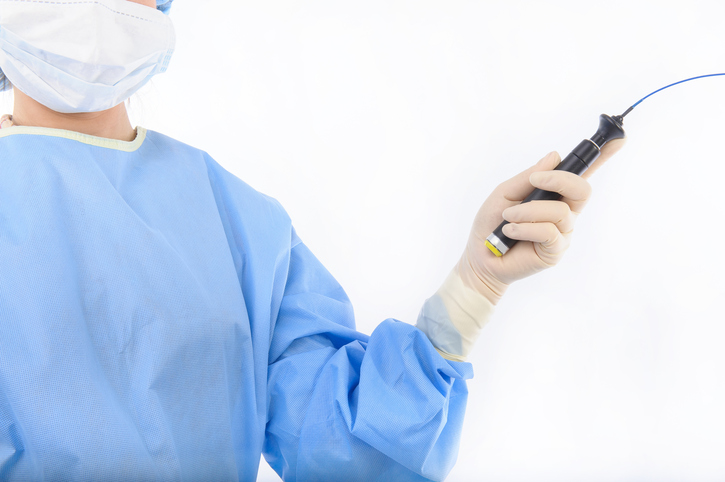Among the many state-of-the-art therapies designed to relieve pain is a procedure known as radiofrequency ablation (or RFA). It involves using an electrical current produced by a radio wave to heat up a small area of nerve tissue in order to decrease pain signals in that specific area.
As you might imagine, RFA is often used to help patients with chronic lower-back and neck pain, as well as well as pain stemming from the degeneration of joints due to arthritis. It’s a safe and effective way to treat these and other forms of pain. Also, it is generally well-tolerated with few, if any, associated complications.
More than 70 percent of patients treated with RFA experience varying degrees of pain relief that can last from six to 12 months, and in some cases, several years.
Here’s how the procedure works:
Prior to undergoing RFA, your doctor will meet with you for an evaluation. If RFA is recommended, the doctor will explain the procedure in detail and answer any questions you may have. That includes explaining any possible side effects or complications.
You’ll be advised not to eat within six hours of your appointment. However, you can have clear liquids until two hours before the procedure.
If you are diabetic and use insulin, you must adjust your dosage the day of the procedure. Your primary doctor can advise you on the proper dosage. However, bring your diabetes medication with you, so you can take it following the procedure. If you are on other medications, bring them with you so you can take them after the procedure.
Also, you shouldn’t drive or operate machinery for at least 24 hours after the procedure, so bring someone with you who can drive you home.
Before the procedure, you may receive a local anesthetic and mild sedative intravenously to reduce any subsequent discomfort. Once that has taken effect, the doctor will then insert a small needle into the general area where you are experiencing pain.
Using X-rays as a guide, the doctor will guide the needle to the exact target area, where a microelectrode can be inserted through the needle to start the stimulation process. At this point, your doctor may ask if you feel a tingling sensation. That’s to help the doctor determine if the electrode is in the optimal area of treatment.
A small radiofrequency current will be sent through the electrode into the surrounding tissue. This will cause the tissue to heat. But you won’t feel any discomfort during this heating portion of the procedure.
After the RFA procedure, you may experience some leg numbness due to the local anesthesia, but it will only last for a few hours. Likewise, you might experience some mild back discomfort after the anesthetic wears off. That usually lasts for two or three days. Of course, you should not engage in any strenuous activity for the first 24 hours after RFA, nor should you take a bath for one to two days. But you can shower, resume your normal diet, and remove any bandages the same evening before going to bed.
As with any medical procedure, RFA is not for everyone – especially patients who have active infections or bleeding problems. That’s why it’s important to have the right interventional pain management doctor in Oklahoma who can tell you if you’re a good candidate for RFA. To learn more about your pain relief options, call The Brooks Clinic at (405) 400-0877 or schedule an appointment online.




